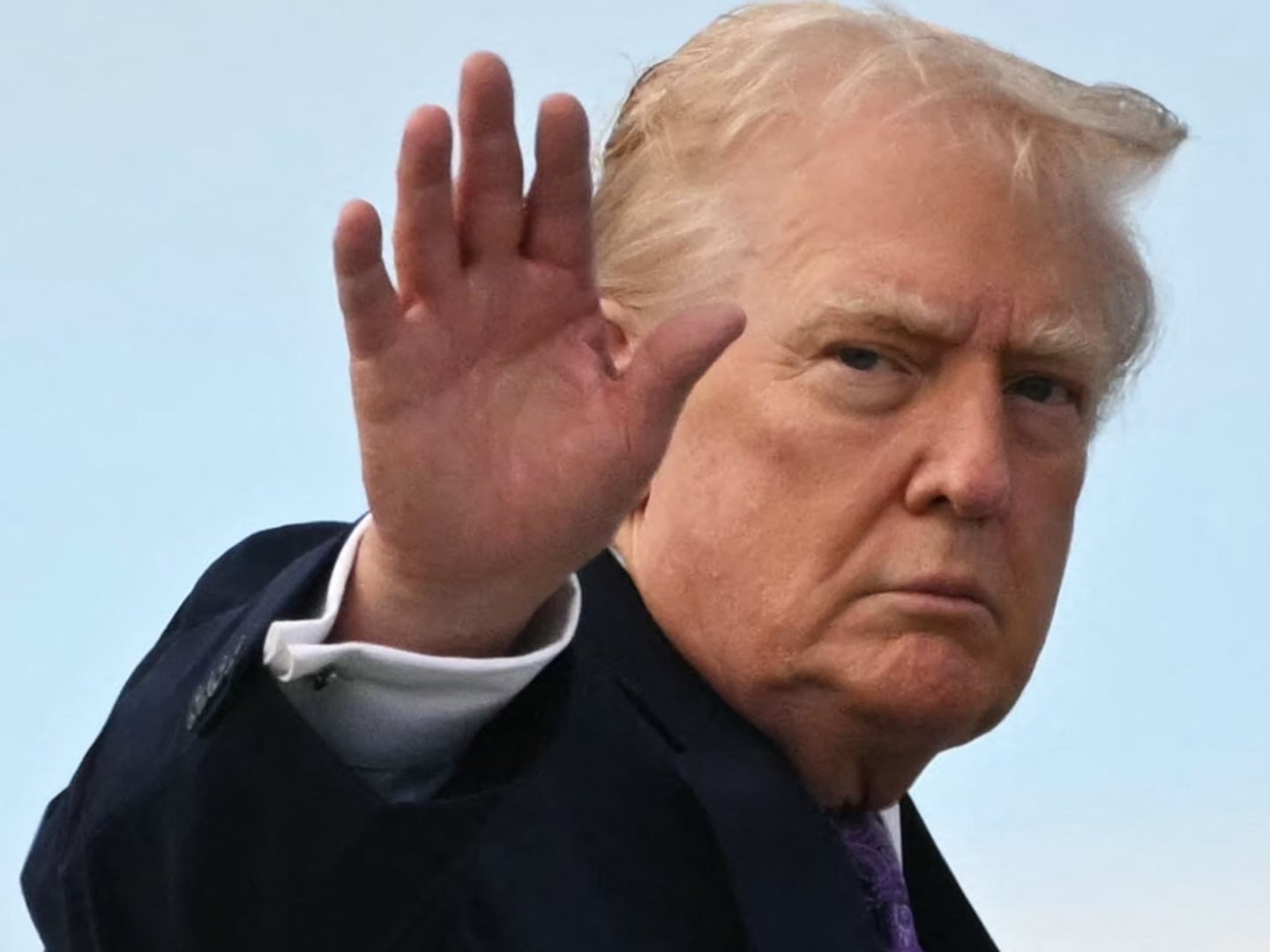The nation’s top intelligence manager recently published some startling figures: some 2.8 million federal employees hold security clearances that allow them to work on secret government programs.
But even more surprising, the Office of the Director of National Intelligence found, another 1.07 million private contractors hold clearances too. At the top-secret level alone, there are twice as many contractors—nearly 525,000—as William Arkin and I estimated in our new book Top Secret America: The Rise of the New American Security State.
Although it may not admit it, I bet the government is surprised by the number of contractors it employs. These figures have been difficult to come by.
When then–Defense Secretary Robert Gates tried last year to find out how many private contractors worked in his personal office, the Office of the Secretary of Defense, he couldn’t get an answer, he sheepishly told me in an interview.
By then, many leaders within the sprawling, hidden world built to respond to the 9/11 terrorist attacks had realized that the government’s spending spree on the employees of profitable corporations was bankrupting their operations.
Contractors were supposed to save the taxpayers money; agencies could hire them when they were needed and let them go when they were not. The government wouldn’t have to pay for the substantial benefits package that comes with federal employees, and hiring contractors could mask the fact that the government was growing in response to the 9/11 attacks—something every administration and member of Congress remains keen to conceal, especially in this era of government-bashing.

But a decade into the U.S. effort to defeat al Qaeda, none of that has turned out to be true. A 2008 study by the ODNI found that contractors made up 29 percent of the workforce of the intelligence agencies, but cost them 49 percent of their personnel budgets. The latest of many studies since then to hammer home this point came earlier this month from the nonprofit Washington Project on Government Oversight, which found that contractors charged the feds more than twice what the government pays its own workers.
The idea that contractors would be a temporary supplement to a temporarily expanding workforce has also turned out to be false. Contractors are now so deeply embedded in every security agency that most intelligence agencies could not function without them. Just to name two examples: contractors outnumber federal employees at the Department of Homeland Security; at the National Reconnaissance Office, which manages the nation’s spy satellites, the skies would go dark without their help.
Contractors were supposed to supplement the federal workforce in support jobs such as administration and IT. By law, they are not allowed to perform “inherently governmental functions.” But they do all the time. They launch lethal Predator drones. They fly technical reconnaissance aircraft into combat zones. They are part of covert operations teams: eight of the 22 stars carved into the CIA's marble wall of heroes represent contractors killed in the line of duty.
Still, scaling back on contractors seems next to impossible. Their employers, the defense and intelligence companies that populate Washington, wield significant influence through campaign contributions, effective lobbyists (many of them former senior intelligence and military officials), and making sure the jobs are scattered in the districts of key legislators. But they also have one distinct advantage over other sectors that do the same: much of their work and the lobbying activity surrounding it is classified, making it impossible for the public to monitor the feeding frenzy.
And despite the great recession, it remains political suicide for an elected official to suggest cuts in intelligence and defense spending. This is because, I believe, the government has yet to have an honest, detailed conversation about the terrorist threat with the American public.
We are much safer than we were on 9/11, thanks to the hard, relentless, and life-sacrificing work of a relatively small and extremely focused group of agencies and teams—most of the same ones that found and killed Osama bin Laden: the CIA’s and NSA’s al Qaeda analysts, the FBI counterterrorism agents, the military’s JSOC assault and kill teams, and others.
Senior intelligence and law-enforcement sources say only a few hundred members of al Qaeda remain alive. Yes, there are other groups that have sprung up, but they are being actively pursued by these same agencies. Yes, it is likely someone will slip through the net and there will be another attack—and that should be part of the public conversation, too. If it is not, if we continue down the current path of limited public information and limited public discussion, the history of the last decade shows that we will once again demand that even more be done to stop terrorism.
And the first step our security agencies will take after that is to hire yet more contractors.






